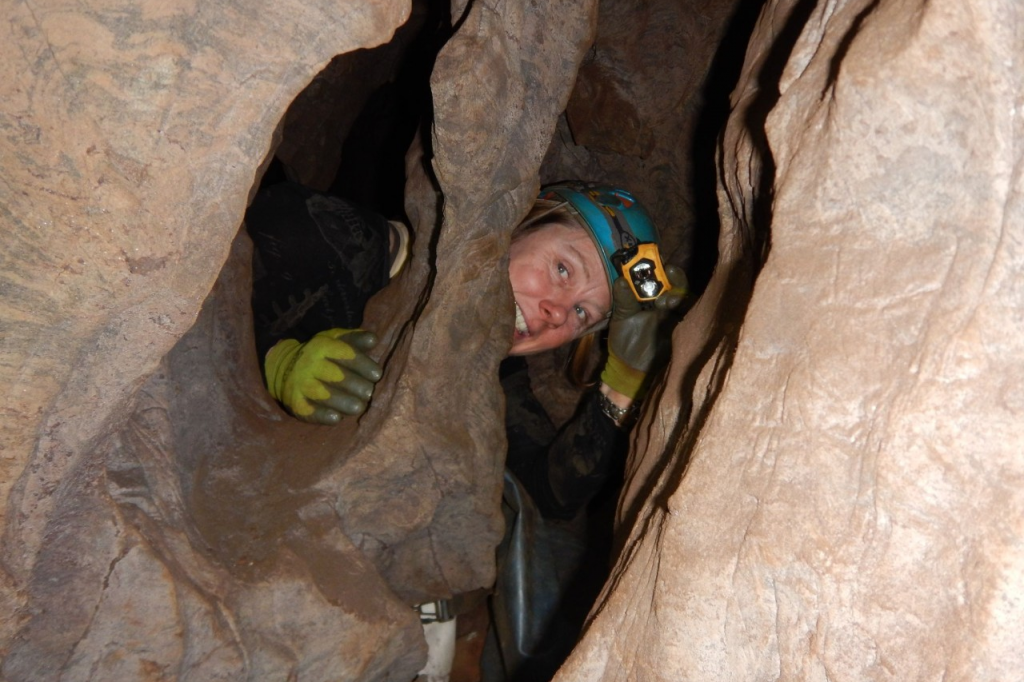More is now known about an ancient child’s skull found in South Africa’s remote rising Star cave in 2017 as researchers—including SFU researcher Marina Elliott, who led the excavation team’s efforts inside the cave—have published findings in the current issue of the journal PaleoAnthropology.


The extremely rare find is the partial skull of a Homo naledi child that is thought to have died at least 250,000 years ago. The assemblage consists of 28 skull fragments and six teeth, allowing the researchers to estimate the child’s age at time of death as somewhere between 4 to 6 years old.
The team named the skull Leti after the Setswana word “letimela” meaning “the lost one.” Leti was found alone in a tight passage measuring only 15 centimetres wide and 80 centimetres long just beyond an area named the “Chaos Chamber” in the Dinaledi Subsystem deep within the cave.
“This was one of the more challenging sites with hominin fossils we have had to get to in the Rising Star system,” says Elliott an expert caver, who graduated with a PhD in biological anthropology in 2015. From 2014-2019, she led the excavations at the Rising Star Cave as a post-doctoral fellow and researcher at the University of Witwatersrand in Johannesburg. She is now back in Canada and continuing to conduct research through the Department of Archaeology at Simon Fraser University.
In one of two new papers, lead author Elliott describes how the Rising Star cave consists of over 4,000 linear metres of passageways and other complex spaces. Rising Star is located in an area called The Cradle of Humankind World Heritage Site where many fossils of Earth’s earliest life forms have been found, including fossils of hominins, the ancestors and relatives of modern humans.


The researchers’ assessment of the cave’s complex system has led to the theory that Leti and the remains of other Homo naledi may have been deposited in the cave deliberately. This is in part, because the fossil deposits are located in hard-to-reach areas deep within the cave system and there is no evidence that animals or water carried the bones into the cave.
Elliott gained worldwide attention as a graduate student in 2013 as one of the original “Underground Astronauts” in the first Rising Star expedition, for her archaeological explorations at the cave.
“We got the name, I think, because working in the Dinaledi Chamber was a little bit like a space mission: a journey through the darkness, working remotely with only video and voice connection to a “command centre” on the surface, and matching overalls and helmets,” says Elliott.
She squeezed through an 18-cm-wide pinch point to work deep underground, where she excavated the largest collection of a single species of hominin fossils ever discovered in Africa. It turned out to be a new species of human called Homo naledi.
Elliott was named a National Geographic Emerging Explorer in 2016 for her work in the cave system. The honour recognizes unconventional thinkers and innovators and supports uniquely gifted and inspiring scientists, conservationists, storytellers and innovators who are making a difference early in their careers.








































